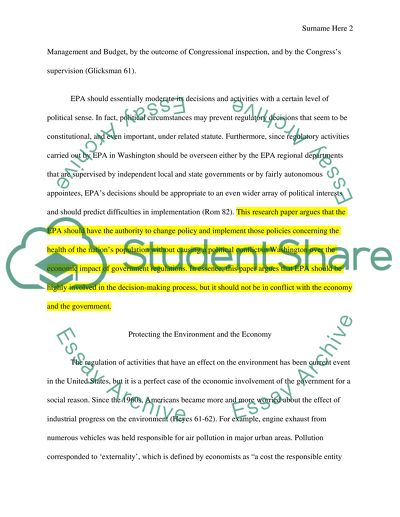Cite this document
(“Environmental Law Research Paper Example | Topics and Well Written Essays - 2000 words”, n.d.)
Retrieved from https://studentshare.org/law/1482270-environmental-law
Retrieved from https://studentshare.org/law/1482270-environmental-law
(Environmental Law Research Paper Example | Topics and Well Written Essays - 2000 Words)
https://studentshare.org/law/1482270-environmental-law.
https://studentshare.org/law/1482270-environmental-law.
“Environmental Law Research Paper Example | Topics and Well Written Essays - 2000 Words”, n.d. https://studentshare.org/law/1482270-environmental-law.


